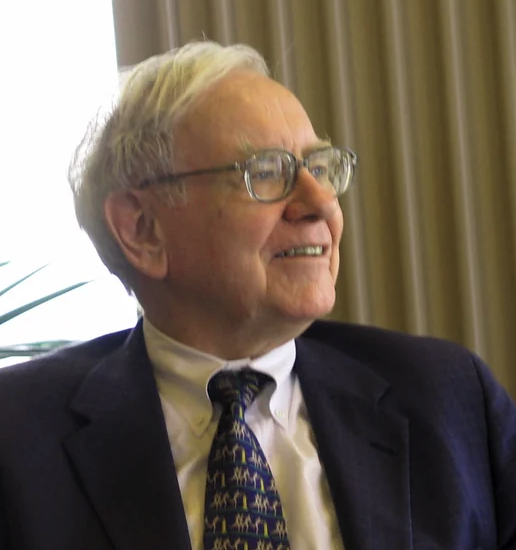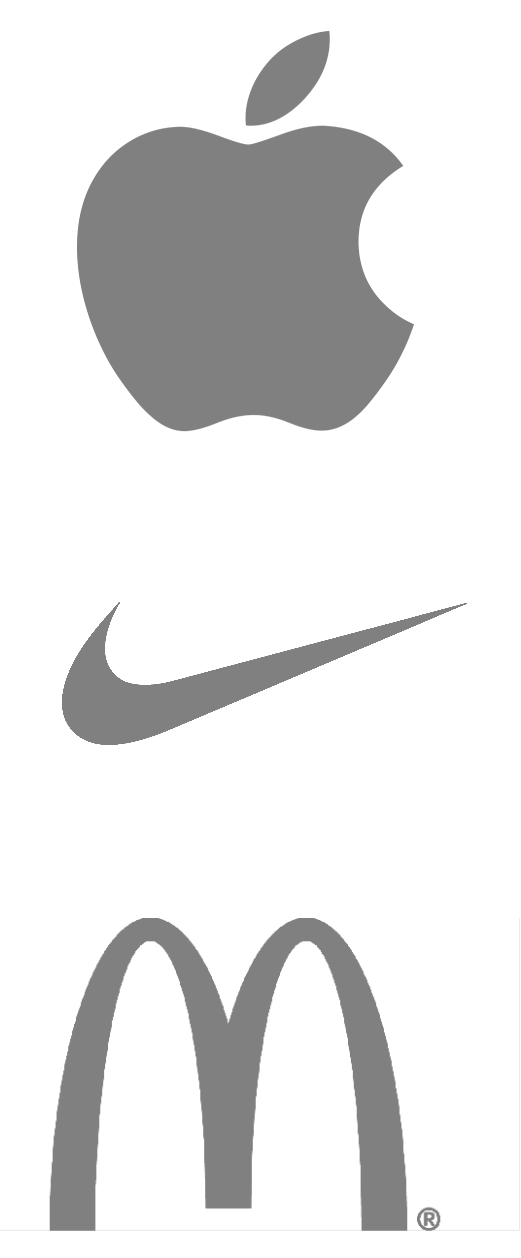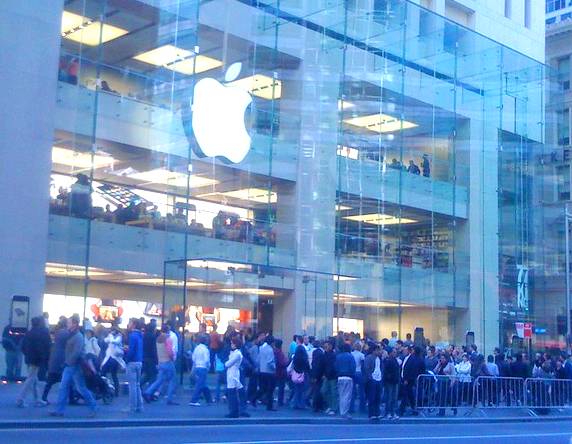Understanding Economic Moats: Buffett's Principle - RisingMove

An economic moat is a competitive advantage that protects a company, like a castle's moat against attackers. Warren Buffett popularized this concept by seeking out companies with sustainable advantages that generate consistent returns.
Major economic moats include: strong brands (Apple, Coca-Cola), patents and intellectual property (pharmaceutical companies), network effects (Facebook, Visa), cost advantages through economies of scale (Walmart), and regulatory protection that creates barriers to new entrants.
The investment benefits include long-term stability, resilience during economic downturns, and a higher return on capital. However, there are also risks of potential overvaluation and technological disruption when companies fail to innovate sufficiently.
Where does the concept of "economic moat" come from?🔗
A castle story🔗
An "economic moat" is like the water-filled moat that protects a castle from attackers. Or the competitive advantages that protect a company from its competitors. We owe the popularization of the moat to Warren Buffett, starting in 1986 (see his letters to Berkshire Hathaway shareholders).
Warren Buffett's Influence🔗

Buffett seeks out these "economic moats" because they are strong, long-lasting businesses that can survive without much change. And they provide good returns on investment over a long period of time!
He believes that "good results come from owning sustainable businesses." For example, Coca-Cola is a well-known brand with a wide "economic moat," which is a key asset for generating future profitability. Over time, Buffett has refined his concept of moats by incorporating other criteria, such as return on equity (ROE) and return on capital employed (ROCE).
Businesses – The Great, the Good and the Gruesome - page 6 (Berkshire Hathaway)
Types of Economic Moat🔗
Intangible Assets: Brands and Patents🔗
Intangible assets (non-material resources) can make a company highly competitive over time. These can include brands, patents, copyrights, proprietary technologies, etc. Brand awareness plays a major role because it influences customer perception and loyalty.
Major Brands🔗

Companies like Apple, Nike, and McDonald's enjoy excellent brand awareness and maintain strong customer loyalty. For example, the Apple iPhone has a large, loyal user base that stays with the brand, thanks to its strong integration with other Apple products and services.
Patents and Intellectual Property🔗

Companies that hold patents for critical technologies have significant competitive advantages. These patents protect them against competitors, who would otherwise try to copy their innovations. For example, pharmaceutical companies like Pfizer and Johnson & Johnson have a large patent portfolio to defend themselves against the competition.
Concretely, for your investments🔗
Identify companies with a moat🔗
Investors looking to identify companies with a moat look for those with:
- a strong brand,
- high costs for customers if they want to switch,
- economies of scale,
- regulatory protections
All of this allows the company to have higher profitability and better market share.
When it's expensive to switch
Services like Amazon Web Services (AWS) and Google Cloud can retain their customers, thanks to the time and resources it would take to migrate to another provider. Companies that have invested heavily in large IT infrastructures would find it difficult to change suppliers without significant cost or disruption. For example, AWS's large network is difficult for other service providers to attack in order to gain market share.
Economies of Scale
A company like Walmart, which buys in bulk, can produce at low cost thanks to its high volumes. This allows it to remain profitable, even at low prices. In mass retail, for companies that can source directly from manufacturers, it is clear that economies of scale avoid many intermediary costs.
The Upside of Regulation
Some sectors are well protected by a regulatory framework that limits competition. For example, pharmaceutical companies or utilities often benefit from a moat granted by state regulations, with licensing requirements and approval processes. This creates significant barriers for new entrants and protects those already established in the market.
The Warren Buffett Approach🔗
Warren Buffett's investment strategy is to create long-term value through companies that maintain competitive advantages over time. He is well known for purchasing Coca-Cola in 1988, which he saw as a strong brand and a broad economic moat, providing a good driver of future profitability.
Morningstar Economic Moat Ratings🔗
Morningstar has a system for assessing the strength of competitive advantages.
They have developed a method to assess and rate the importance of companies' competitive advantages. By identifying five main sources of competitive advantage, Morningstar ranks companies according to their ability to maintain high returns over time.
Intangible Assets🔗
Brands
Companies with strong brand awareness often charge high prices and can retain existing customers.
Coca-Cola's brand awareness has been the cornerstone of its success for decades, allowing it to maintain high margins despite the arrival of new competitors.
Patents and Intellectual Property
Companies holding patents on highly sought-after technologies or processes enjoy significant competitive advantages. These patents protect them from competitors who might attempt to copy them.
Pharmaceutical companies like Pfizer have patent portfolios to defend themselves against competition (e.g., generic drugs), which guarantees them high and sustainable profitability.
Network Effects🔗
When the value of a product or service increases with use, it strengthens customer loyalty and makes it more difficult for competitors to enter the market.
Social networks like Facebook and messaging apps like WhatsApp benefit from network effects: the value of a product increases with the number of users. This creates a natural barrier to entry for new competitors.
Cost Advantages🔗
Economies of scale, low-cost production methods, and access to key resources can give companies significant competitive advantages.
Walmart's extensive supply chain network allows it to achieve lower unit costs than smaller retailers, making it difficult for new entrants to compete in the retail sector.
When Regulation Is Good🔗
Legal regulations can create barriers to entry, requiring large investments to comply.
Companies operating around public services often benefit from moats, due to state licensing requirements or strict approval processes, making it difficult for new competitors to enter the market.
See the Morningstar Wide Moat Focus Index
Advantages of Investing in Moat Stocks🔗
-
Long-Term Stability: Companies with a high moat tend to experience more stable growth, which can lead to higher dividends and a sustainable return on capital.
-
Resilience in Economic Downturns: In times of market downturns, companies with a high moat are less likely to experience declines in revenue or profitability.
-
Higher Return on Capital: Companies capable of generating a high return on invested capital (ROIC) over long periods tend to outperform the market as a whole.
Risks🔗
-
Overvaluation Risk: Companies with a high moat can become overvalued, which can be a trap for investors if the stock price is no longer aligned with business fundamentals.
-
Innovation Challenges: While established companies benefit from their economic moat for a while, without sufficient innovation, they can also face difficulties when new competitors or technological disruptions arrive.
Concrete Cases🔗
Apple: An Example of a Large Moat🔗

Apple's ecosystem, whether hardware, software, or services, creates a strong moat. The brand's strength, innovative products, and impressive patent portfolio create significant barriers to entry for potential competitors.
- Brand Loyalty: Apple's customer loyalty is reflected in its high device retention rates.
- Network Effects: Interoperability between devices (e.g., iPhone and iPad) improves the overall user experience. This is the "virtuous circle" that creates added value.
Walmart: An Example of a Narrow Moat🔗
Walmart's success can be attributed to its size and operational efficiency. That said, the company faces smaller competitors and growing e-commerce platforms like Amazon.

-
Financial Advantages: Walmart benefits from extensive supply chain optimization and bulk buying power.
-
Regulatory Protection: Government policies often favor large retailers, giving them a distinct competitive advantage.
Moat Successes That Have Become Historic🔗
-
General Electric: GE's historic success is based on its innovation in diverse sectors, such as aviation, medical devices, and power generation. Its strong brand and diverse portfolio have created a significant competitive advantage.
-
Microsoft: Microsoft's dominance in software is based on its extensive patent portfolio, its widely used operating system, and its office suites. The company's network effects in operating systems have further strengthened its market position.
Expert Opinion🔗
Academics such as Aaker and Kumar have extensively studied brand equity and its impact on consumer behavior. Their research shows the influence of strong brands on customer loyalty and their willingness to pay more.
Resources on David Aaker, “The Father of Modern Branding”
Studies by Bain & Company clearly highlight the role of network effects and platforms in creating sustainable competitive advantages.
An in-depth guide to Platform Strategy from Bain & Company
Sector-Specific Insights🔗
Technology Sector
Given the rapid evolution of technology in general, tech companies must constantly innovate and adapt to remain competitive.
Healthcare Sector
Regulatory barriers and high switching costs make it difficult for new entrants to compete with established healthcare companies. However, this also creates opportunities for companies that are able to adapt to this regulatory environment.
Thanks to the photographers, graphic designers, and brand owners:
- Castle moat: Unknown author / royalty free
- Warren Buffett: Mark Hirschey / CC BY-SA 2.0
- Nike logo : Timidonfire / public domain
- Apple logo : original author Rob Janoff / simplified for public domain
- Mc Donald's logo : courtesy of McDonald's
- Morningstar logo : copyright Morningstar, Inc. / simplified for public domain
- Vaccine: Spencerbdavis / CC BY 4.0
- Wallmart distribution center: Wallmart Corporate / CC BY 2.0
